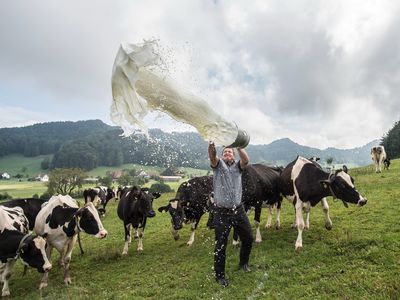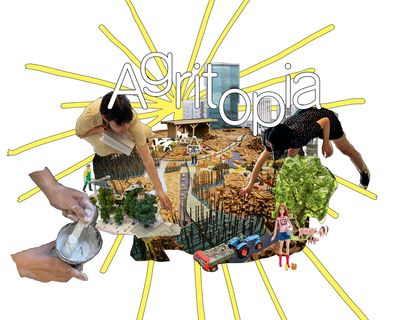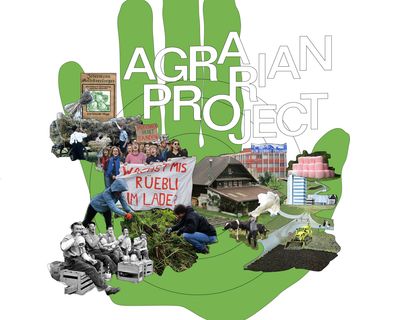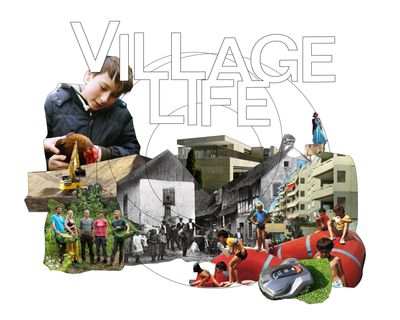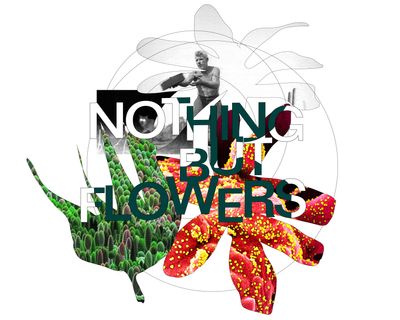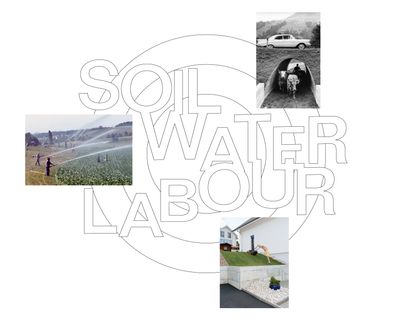Cultivating: The FarmerDorothee Hahn, Jan Westerheide
Throughout the twentieth century, human- and city-centered perspectives have promoted the separation of human from nature, building from landscape, and city from countryside. As a result, architectural discourses have remained largely focused on buildings and on cities. But the extended territories beyond the urban are equally exposed to rapid and far-reaching transformations and are strongly entangled with life in cities through manifold material and non-material flows, such as the production and distribution of food.
In Europe and in Switzerland, industrial ways of farming dominate the food production today. The consequences of these practices are manifold, such as the loss of biodiversity, the depletion of soil fertility and deterioration of water quality, the monopolization of distribution systems, or the (self) exploitation of farm workers.
Research has shown that in contrast to such models of industrial agricultural production, a pathway towards a more diverse landscape, whether biological or cultural, towards better quality of food, and meaningful labour, requires more human work, and more care. Alternative organizational models for food production such as the Solidarische Landwirtschaft and alternative farming practices such as agroecology present a way forward.
Can architects and urban planners help to design this transformation by weaving the seemingly disconnected worlds of agriculture and urban living, together? Can we imagine collaborative practices and spaces on farms, in villages and at city edges, that promise optimistic and attractive ways of rural living and working?
The lecture “Cultivating: The Farmer” took place in the framework of the course “Perspectives on Landscape and Urban Transformation I” at ETH Zurich, conceived and organised by the Newrope chair (Freek Persyn, Charlotte Schaeben, Lukas Fink). By bringing forward the term ‘landscape’ the course stresses the need to put the natural environment and the landscape at the core of urban thinking. Accordingly, every architect requires a basic knowledge of the landscape and nature. Also, to focus on ‘urban transformation’, instead of ‘urban design’ is a conscious choice. It comes out of the recognition that materials, energy and space are finite, which forces us to engage first with what is already there, instead of producing even more new things.
